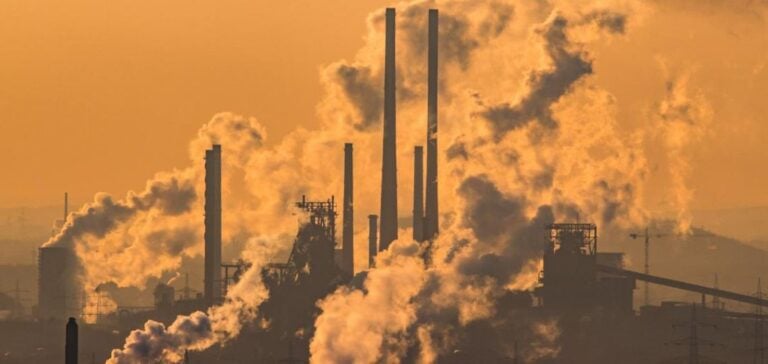The EPA recently clarified the application of the announced regulations, pointing out that coal-fired power plants planning to cease operations before 2032 are now exempt from any emissions limits. In addition, new gas-fired power plants operating at high capacity will also have to comply with the requirement to capture 90% of their CO2 from 2032, a measure designed to standardize responsibilities across new energy installations.
Political and industrial reactions
Reactions to these regulations are intensifying. A Republican elected official from Texas, Chip Roy, has criticized the EPA for what he sees as a threat to the reliability of power generation. Meanwhile, America’s Power, the group representing the coal industry, called the standard “extreme and illegal”, signalling a potential legal battle on the horizon. What’s more, former President Donald Trump has expressed his intention to reverse this policy if re-elected.
Broader context and other regulations
In addition to CO2 capture, the EPA has announced other regulations aimed at reducing toxic metal emissions and water pollution from coal-fired power plants. These complementary measures demonstrate a greater commitment to reducing the environmental impact of existing power plants, while encouraging a more rapid transition to cleaner energy sources.
Positioning of the Biden administration
With these regulations, the Biden administration is seeking to strengthen the United States’ leadership role in the fight against climate change. This regulatory approach is part of a broader framework of environmental reforms including substantial tax incentives for emerging technologies, in line with the Great Climate Act of 2022 (IRA).
These EPA regulatory updates reinforce the U.S.’s proactive approach to reducing greenhouse gas emissions in a key sector, while navigating a complex political and industrial landscape. The future of these measures could significantly shape the American energy and environmental landscape in the years to come.






















